
Representatives of non-governmental public organizations of Azerbaijan have appealed to UNESCO with a request to investigate the ‘cultural genocide’ committed by Armenia against the heritage of the Azerbaijani people on the territory of this country.
The letters were sent to Audrey Azoulay, director-general of UNESCO
“We, the representatives of NGOs, have repeatedly appealed to UNESCO to inform you about the cultural genocide committed by Armenia against the heritage of the Azerbaijani people. "Thus, by pursuing a policy of both ethnic and cultural genocide, Armenia has deliberately erased all traces of Azerbaijanis, the historical and ancient inhabitants of these territories, perpetrated plunder, destroyed, embezzled and changed the cultural heritage of the Azerbaijani people. At the same time, ancient place names in these areas were replaced with Armenian ones,” reads the appeal.

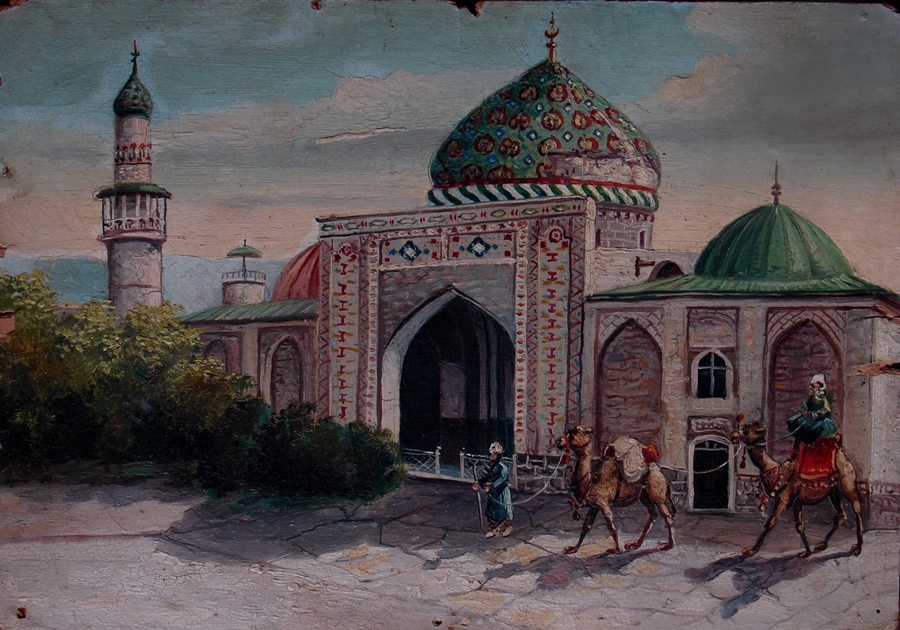
In recent days, this statement has caused concern of the Armenian side.
Faktyoxla Lab. has tried to figure out what is the concern of representatives of non-governmental public organizations of Azerbaijan, that they accepted an appeal to the director-general of UNESCO and why the Armenian side is worried.
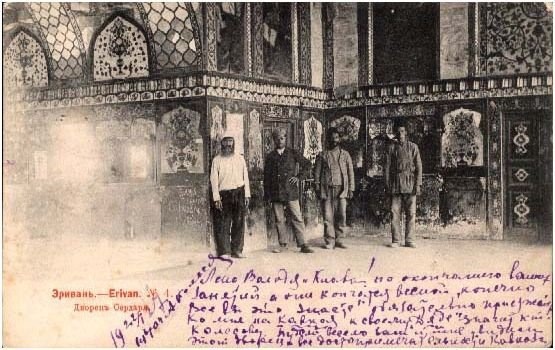
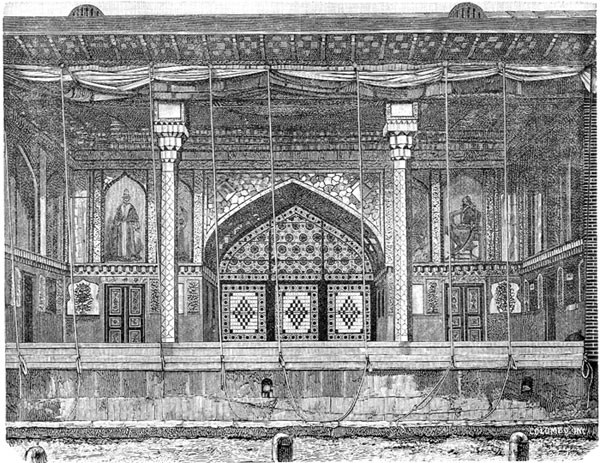
The fact is that, according to Azerbaijani sources, in the historical center of Yerevan alone, 850 houses were completely destroyed. There is a painting by Roubaud, who thoroughly depicted houses in the city of Iravan (present-day Yerevan) at the end of the 19th century, which existed until the middle of the 20th century, and then were destroyed. The entire Azerbaijani heritage was destroyed, all toponyms were changed into the Armenian way. As a result, Armenia changed its architectural appearance from Azerbaijani to Soviet one. In addition, in 2017, the Institute of Law and Human Rights of ANAS (Azerbaijan National Academy of Science) published the book “Damage to historical and cultural monuments in the occupied territories of Azerbaijan.” This edition was prepared on the basis of archival materials and has a special political and historical significance, which necessitated its translation into English and French.
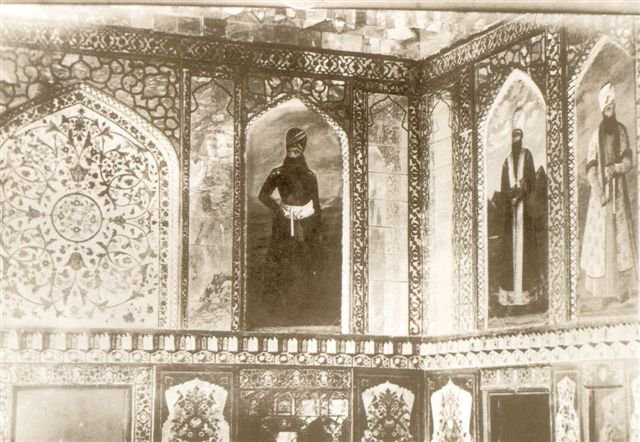
The concern of the Azerbaijani side is quite logical, given that during the 30 years of occupation of Karabakh and the surrounding regions of Azerbaijan, the Armenians destroyed 927 libraries, more than 60 mosques, 44 temples, 473 historical monuments, palaces and museums in Karabakh and adjacent regions, and 40,000 museum exhibits were exported illegally.
In connection with these actions of Armenia, Azerbaijan has repeatedly offered to send a UNESCO mission to the occupied territories. In addition, a book titled "War against Azerbaijan - an attack on cultural heritage" was prepared and submitted to UNESCO. The book contains information about cultural and religious monuments destroyed by Armenia in the occupied territories of Azerbaijan, their purposeful armenization, as well as how Albanian churches are passed off as Armenian ones. However, there was no adequate response from UNESCO.
The Ministry of Culture of Azerbaijan has also started monitoring the cultural heritage of the liberated Azerbaijani lands, and preliminary results have been officially presented to UNESCO.
Cooperation has been established between Azerbaijan and UNESCO on a wide range of issues. Azerbaijan has joined 13 conventions of the organization. There is cooperation in the fields of culture, education, science, information and communication. Important agreements have been signed with the organization, joint events are being held.
Azerbaijan is worried and not satisfied that the organization has not yet responded to its previous proposals to send a mission to Karabakh and send a mission to Armenia. In some cases, the coincidence of the position of the organization and the Armenians on this issue speaks of its political partiality.
Interestingly, along with the above, the Armenian side continues to assert that the Armenian churches and historical monuments in Karabakh are under threat. But what do they consider Armenian? For example, the monastery complex Khudavank (Dadivank).
The Khudavank monastery, according to historians, is not an Armenian shrine, but belongs to the Albanian church.
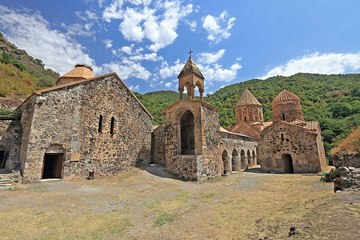
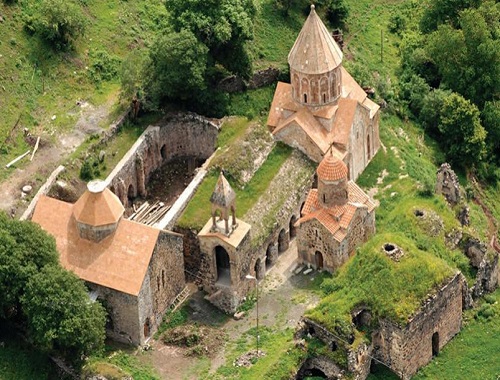
“Christian shrines located on the deoccupied lands will be returned to their true owners, including the Albanian-Udi community. The Albanian-Udi community of Azerbaijan has the right to the Khudavank (Dadivank) complex in Kalbajar, as well as to other Armenianized Albanian churches located in the liberated territories of Azerbaijan. Following simple logic, it is safe to say that if the monastery belonged to the Armenian side, it would have developed it back in the tsarist and Soviet times. But we know that the process of privatization of Albanian churches began in Karabakh only after the occupation of Azerbaijani territories by Armenia,” historian Rizvan Huseynov believes.
“Khudavank has a very ancient history. One of the disciples of the Apostle Thadeus is buried here. Moreover, if the Armenian side claims that this is an Armenian temple, then the question arises: why, then, there have never been Armenians on this territory? This is the main reasoning that these monuments have nothing to do with Armenians. I will even say more - if there is an Armenian church somewhere, this does not mean that all neighboring territories must necessarily belong to the Armenians. Armenians have their churches in the US, in Russia, and anywhere in the world. If we follow this logic, they can claim the territory of any country,” the historian notes.
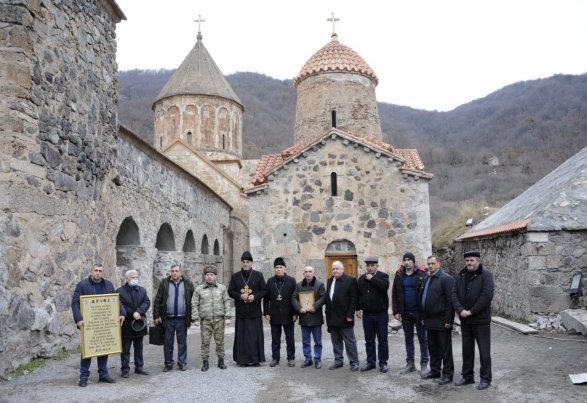
Chairman of the Albanian-Udi Christian community of Azerbaijan, Robert Mobili, also emphasizes that present-day Azerbaijan is the heir to the historical Caucasian Albania. Monuments dating back to the IV, V, VI, IX, XII centuries have survived. Karabakh holds a special place here.
As for the return of Albanian temples to their true owners, after the liberation of the Kalbajar region, a preacher was appointed to the Khudaveng monastery - Rafik Danakari, deputy chairman of the Albanian-Udi Christian community.
According to Danakari, there are significant differences between Albanian and Armenian monasteries. The main difference is associated with the elements of the khachkar, which is the cultural heritage of the Caucasian Albanians, the shape of the altar, the structure and architecture of the building, as well as the celebration of the divine liturgy.
"Translated from the ancient Albanian language, Khudaveng means Temple of God. Khudaveng was built in the 9-13th centuries. The construction was completed during the reign of the Albanian prince Vakhtang. All this is evidence of the Albanian origin of the monastery," he said.
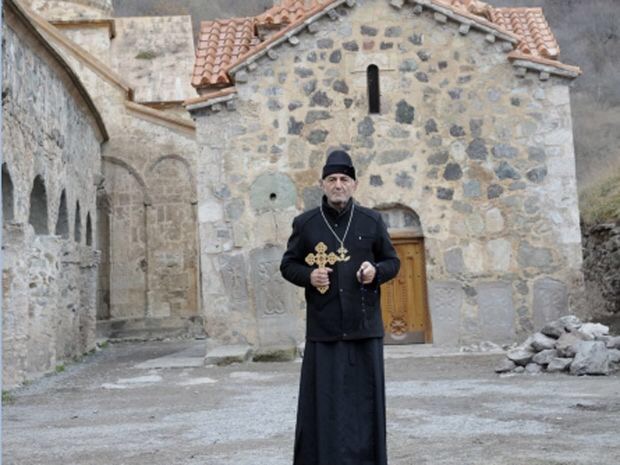
"The Khudaveng monastery has nothing to do with the Armenians. The ancient apostles never came to Armenia. At that time, there was no state called Armenia in the Caucasus at all. Khudaveng belongs only to the peoples living in the territory of Caucasian Albania. Today we (Albanian-Udi Christian community Azerbaijan - ed.) are its heirs. ”The Khudaveng Monastery belongs to us, we proved it and managed to “drown out” the voices of Armenians on this issue,” Rafik Danakari summed up.
In addition, in 1994, after the occupation of the Kalbajar region and the conclusion of a temporary truce, the Khudaveng complex was declared a functioning monastery of the "Artsakh" Diocese of the Armenian Apostolic Church. The monks of the complex were headed by a certain "Father Hovhannes" (Ter-Hovhannes Hovhannisyan), known for atrocities against the peaceful Azerbaijani population during the first Karabakh war in the 90s of the last century. By the way, when the second Karabakh war began, this "religious figure" with a machine gun in his hands began to call for the murder of Azerbaijanis.

To understand how the Armenian church differs from the Albanian church, let's take as an example an abandoned church in the city of Zagatala, which most (non-Armenian - ed.) sources describe as a Christian temple of the Caucasian Albania period of the 4th-5th centuries. Currently, the church does not operate as a religious temple, but is a state-protected tourist site.

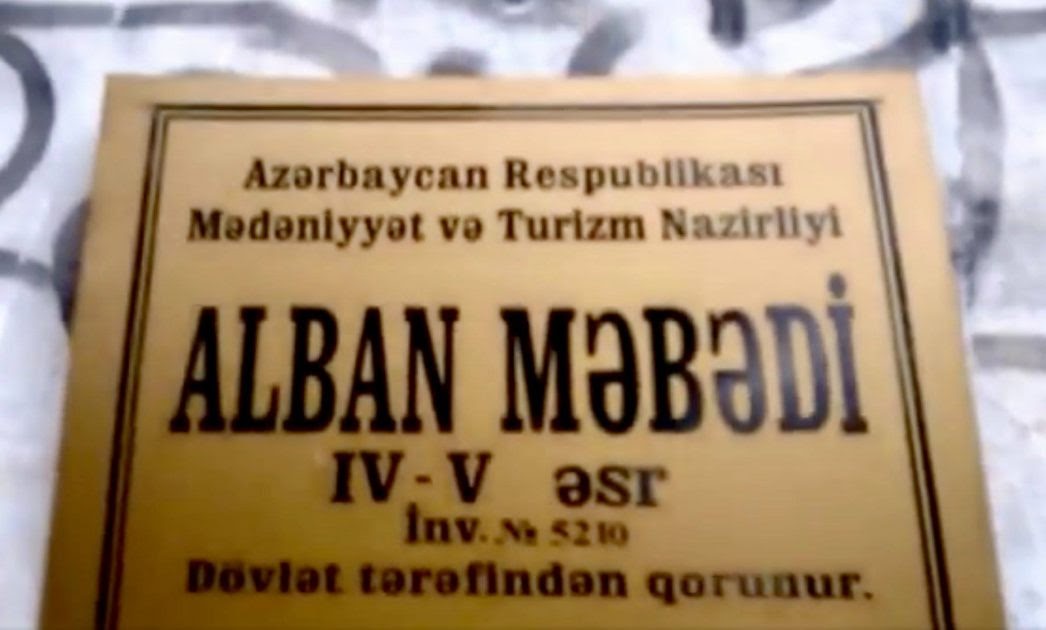
Robert Mobili spoke about the characteristic features of the ancient Albanian temples in his interview.
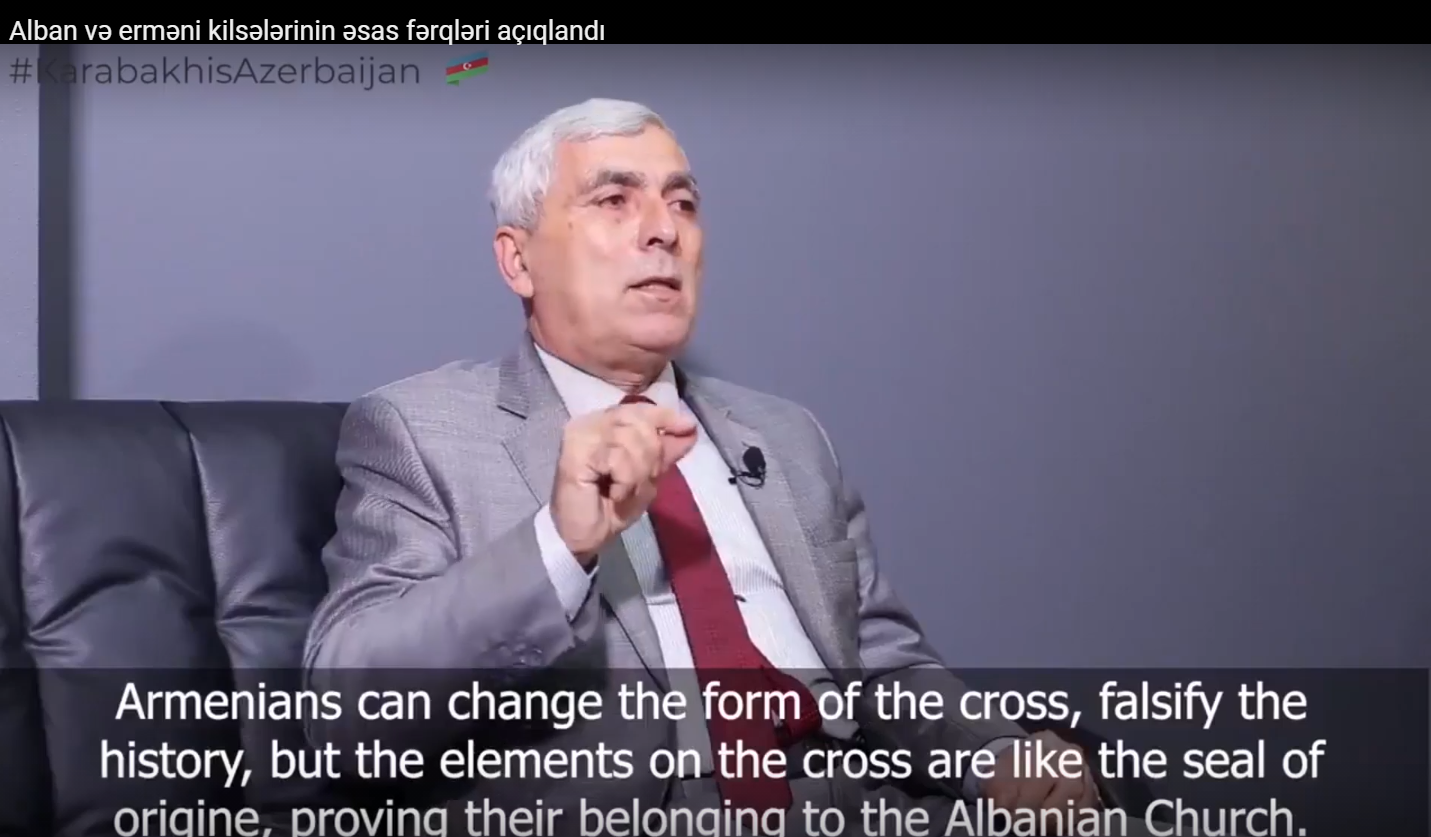
He noted that each church has its own distinctive features. In particular, the Albanian cross cannot be confused with the Armenian one, the temples differ in other architectural nuances, including the layout and general style. “No one can say that the Albanian cross is the Armenian cross. It can be faked, but the elements (symbols) on it explain which church it actually belongs to,” Mobili said.
Differences between churches
Отличия крестов

The rays of the crosses end with stylized triple tops, and not bifurcated at the ends, as on Armenian crosses.
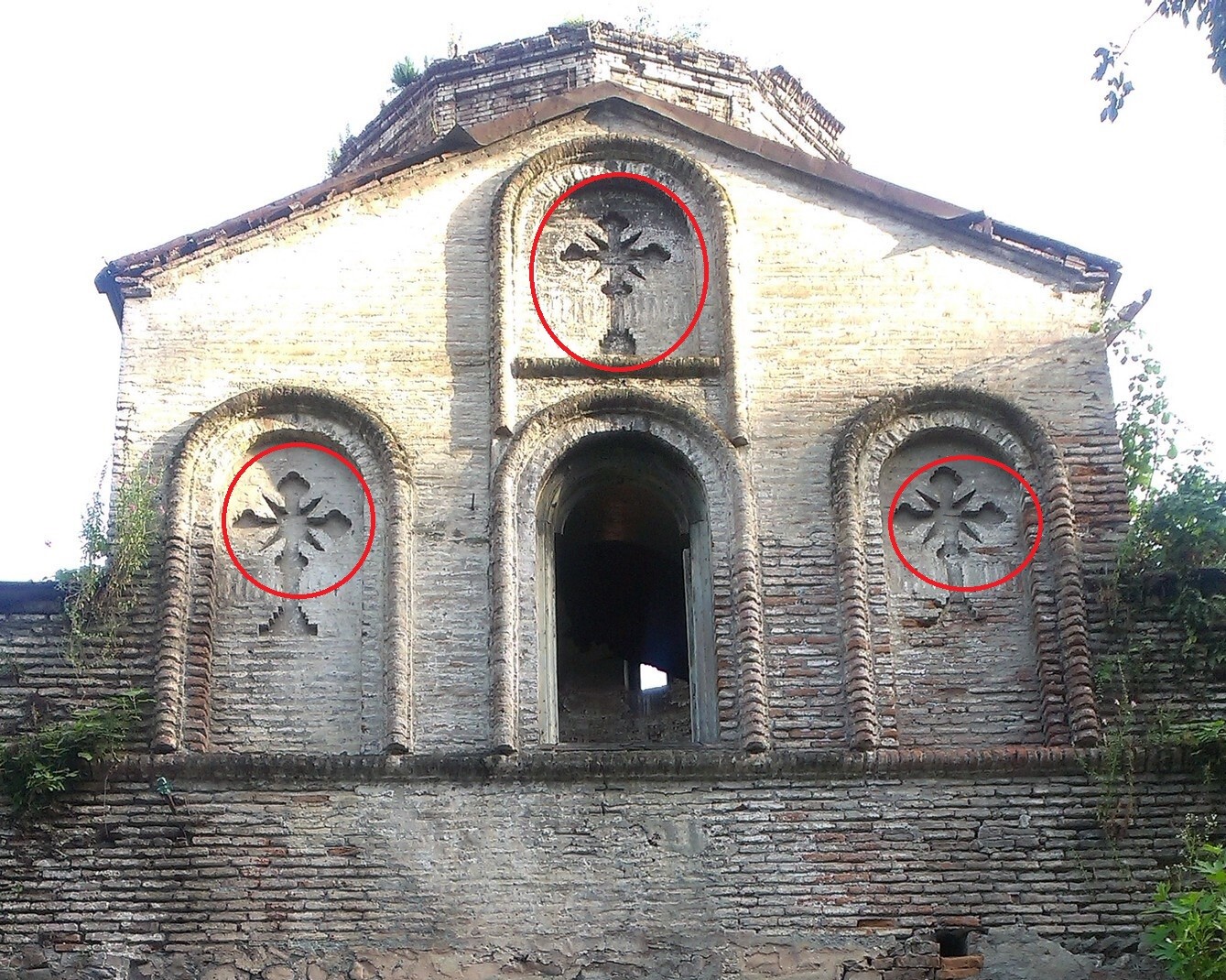
Also, in another photo, we see a slightly elongated building of a definitely rectangular section with a domed drum, and in the next one, an inner hall with sprawling arches characteristic of Albanian-Udi temples.
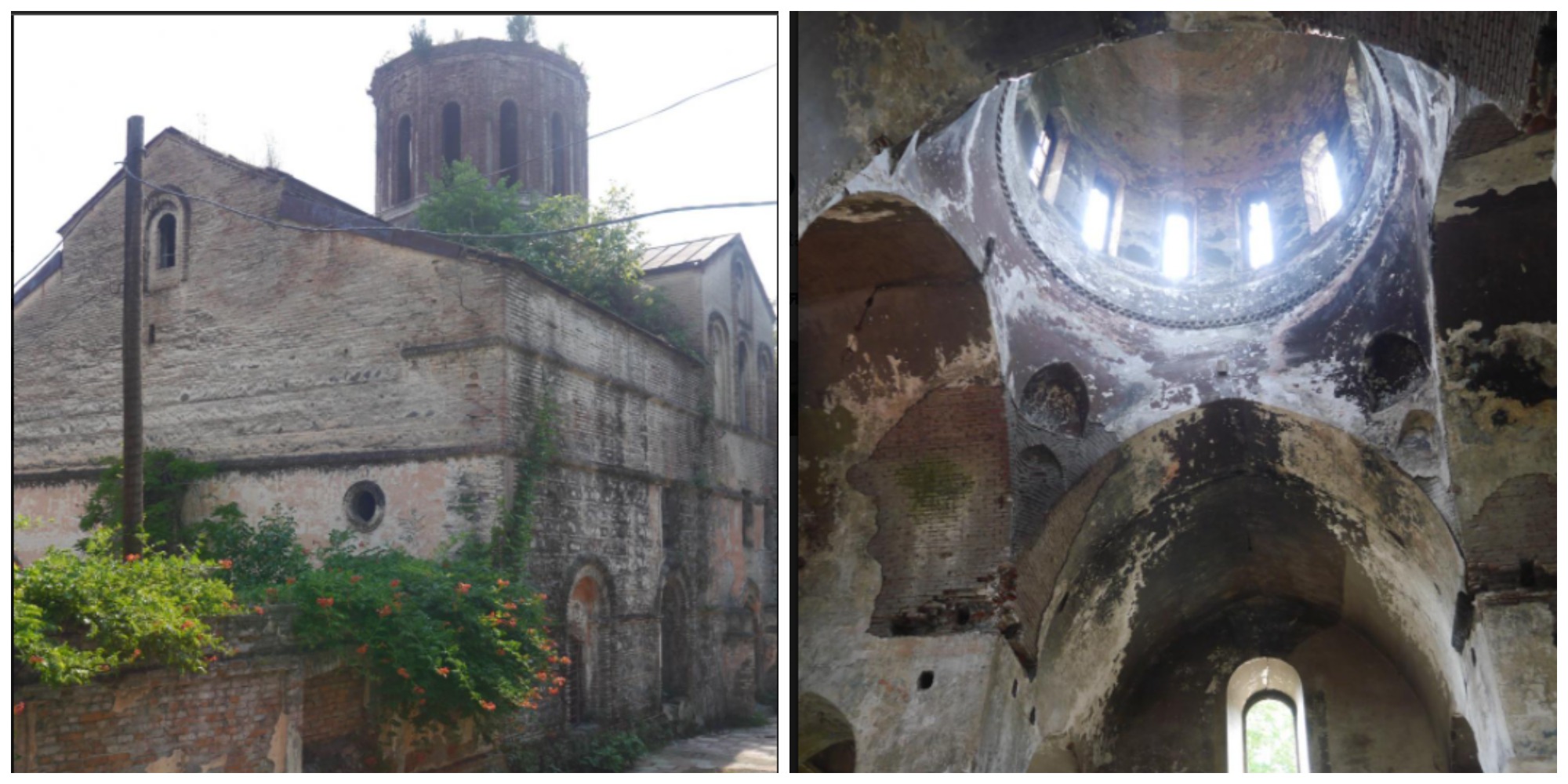
Both signs are noted in the Orthodox Encyclopedia as characteristic of the church architecture of Caucasian Albania.
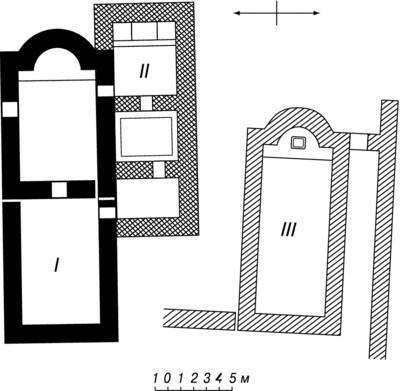
Plan of the temple complex of the Sudagylan settlement near Mingechevir (Azerbaijan). VI - VIII centuries
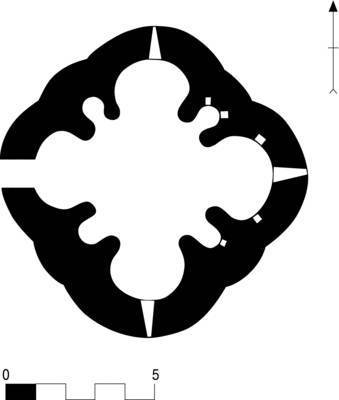
Plan of the Ohtdrnivank church near the Mohrenis village (Nagorno-Karabakh). 7th century
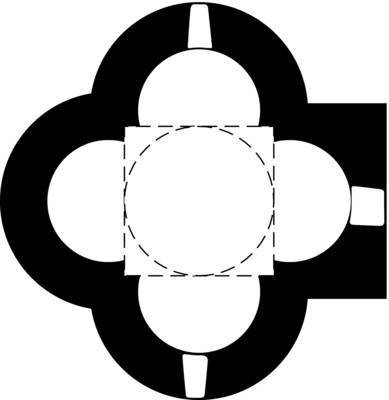
Plan of the Astvatsatsin church of the Tsviz monastery (Armenia). Middle of 7th-12th century
Summarizing the above, it is safe to conclude that for many years the international community, including UNESCO, has been constantly informed about the illegal acts of Armenia in the occupied territories of Azerbaijan, and now in the territory of modern Armenia. However, there has been no adequate response from UNESCO so far.




















